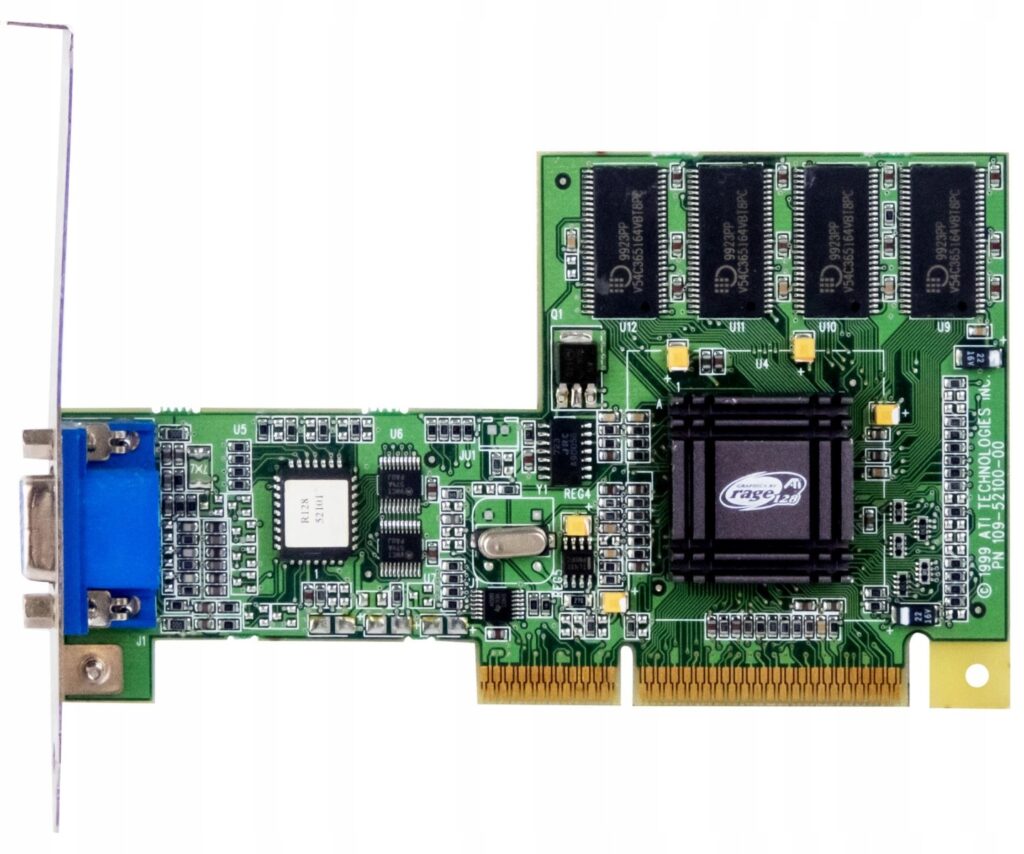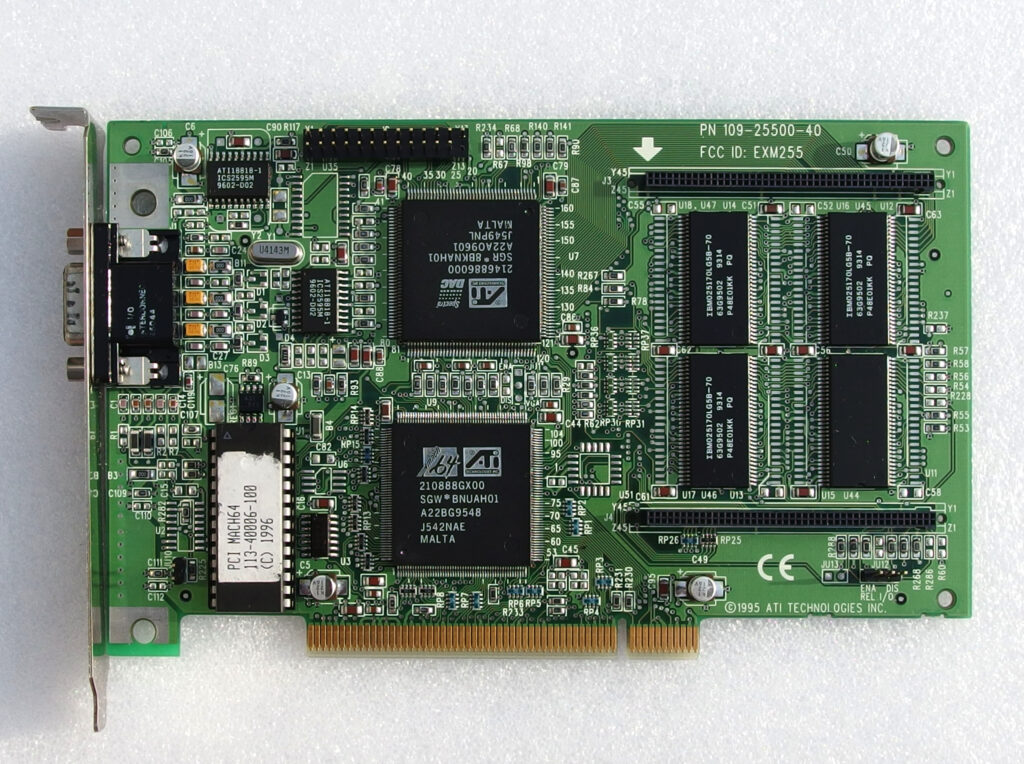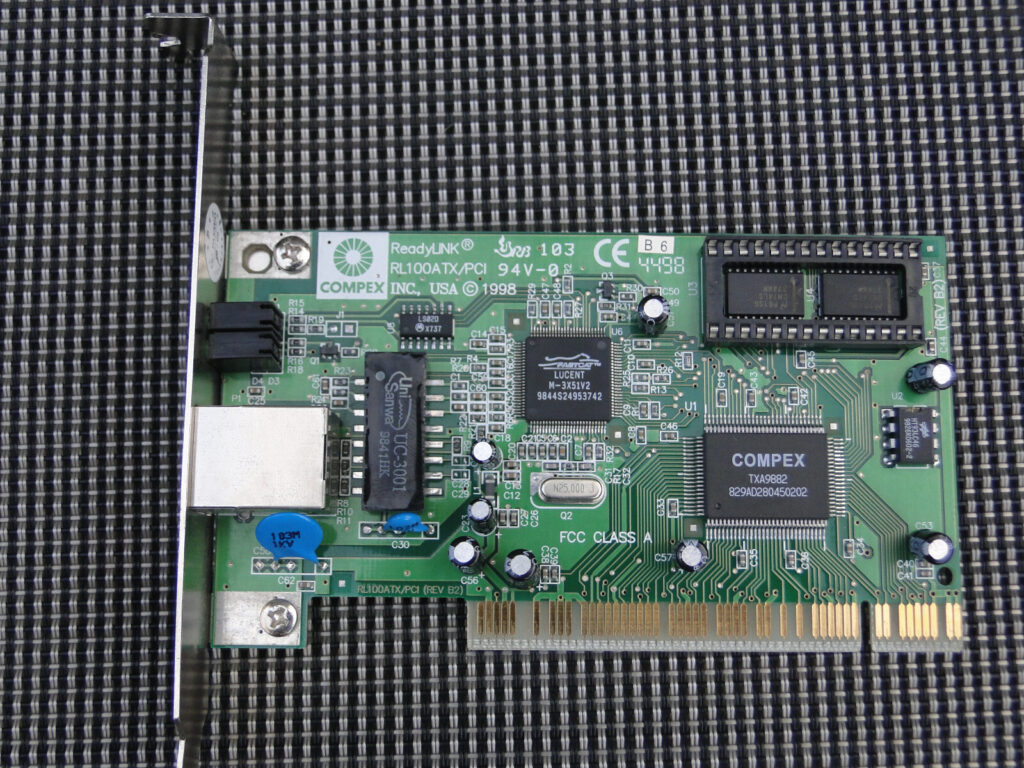Huawei E173 — популярний USB 3G-модем, який добре підтримується Linux, але на сучасних версіях Linux Mint часто виникає ситуація, коли ModemManager не бачить модем, навіть якщо драйвери завантажені правильно.
У цій статті показано реальний робочий спосіб підключення Huawei E173 до Linux Mint, включно з діагностикою та стабільним рішенням через wvdial.
1. Перевірка визначення модема системою
Після підключення модема до USB перевіримо, чи бачить його система:
lsusbОчікуваний результат:
Bus 001 Device 010: ID 12d1:1506 Huawei Technologies Co., Ltd. Modem/NetworkcardВажливо: ID 12d1:1506 означає, що модем уже в режимі модема (не CD-ROM), і usb_modeswitch не потрібен.
2. Перевірка портів ttyUSB
Модем Huawei E173 працює через послідовні порти. Перевіримо їх наявність:
ls /dev/ttyUSB*Нормальний результат:
/dev/ttyUSB0
/dev/ttyUSB1
/dev/ttyUSB23. Перевірка драйверів ядра
Переконаємося, що драйвер option завантажений:
lsmod | grep optionОчікувано:
option 69632 1
usb_wwan 24576 1 option
usbserial 57344 4 usb_wwan,optionЦе означає, що ядро Linux повністю готове до роботи з модемом.
4. Чому ModemManager не бачить Huawei E173
Команда:
mmcli -Lможе повертати:
No modems were foundЦе типова проблема на нових версіях Linux Mint. ModemManager орієнтований на LTE / QMI / MBIM і часто ігнорує старі 3G-модеми Huawei.
Рішення — використати перевірений класичний метод через wvdial.
5. Встановлення wvdial
sudo apt update
sudo apt install wvdial6. Налаштування wvdial
Відкрий конфігураційний файл:
sudo nano /etc/wvdial.confВстав наступний конфіг:
[Dialer Defaults]
Init1 = ATZ
Init2 = ATQ0 V1 E1 S0=0 &C1 &D2
Init3 = AT+CGDCONT=1,"IP","internet"
Modem Type = Analog Modem
Phone = *99#
Username = user
Password = pass
Modem = /dev/ttyUSB0
Baud = 460800
Stupid Mode = 1
Auto DNS = 1
Carrier Check = noAPN для українських операторів
- Kyivstar —
www.kyivstar.net - Vodafone UA —
internet - Lifecell —
internet
APN змінюється в рядку Init3.
7. Підключення до інтернету
sudo wvdialУспішне підключення виглядає так:
--> Dialing *99#
--> Starting pppd
--> local IP address 10.x.x.x
--> remote IP address 10.x.x.x
--> primary DNS addressЦе означає, що з’єднання встановлено і інтернет працює.
Для відключення використовуйте Ctrl + C.
8. Якщо не підключається
Спробуйте змінити порт модема:
Modem = /dev/ttyUSB1або
Modem = /dev/ttyUSB2І повторіть команду sudo wvdial.
9. Перевірка мережевого інтерфейсу
Після підключення перевірте:
ip aМає з’явитися інтерфейс ppp0.




